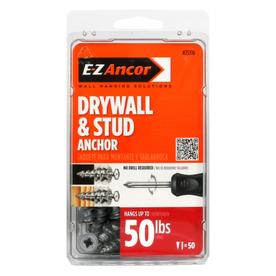I am wondering how to integrate these two "technologies" on my shop walls. I have an insulated and sheet rocked 2 car garage with a grand total of 3 available receptacles. I am planing adding a sub panel and running metal conduit around the shop. I also want to mount french cleats along 3 walls from bench top to 8' up. The most direct solution is to treat the cleats as paneling and mount all the conduit on the face of the cleats. I don't see how this would be a code problem, but I haven't sat down and read the whole book yet. Are there any complications I'm not seeing? Thanks, Woody




 Reply With Quote
Reply With Quote






